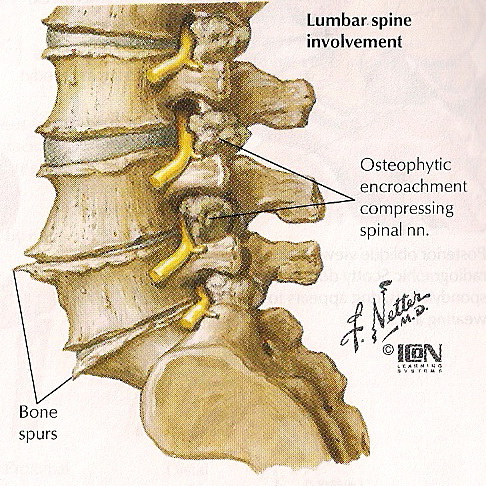

Surgical expertise: Spine neurosurgeons and orthopedic surgeons at Rush typically perform more than 2,300 spine surgeries each year.We will tailor your treatment to best address your symptoms, while taking into account your personal goals, lifestyle and physical limitations.
SPINE STENOSIS FULL
Our spine specialists offer a full range of nonsurgical options, including medications, physical therapy and a variety of injections.

This may be performed by itself or in combination with a laminectomy or a discectomy. Foraminotomy, used to remove pressure from a nerve root by removing a small portion of bone around the affected nerve root.The procedure can be performed by itself or in combination with other procedures. For these procedures, your surgeon removes all (laminectomy) or part (laminotomy) of the lamina (or, roof) of one or more vertebrae. Laminectomy or laminotomy, used to create more space for the nerves.Whenever possible, Rush spine surgeons perform fusions using minimally invasive approaches that help you heal faster and with less pain. Spinal fusion, a surgery in which two or more vertebrae are permanently joined together.These are the main types of spinal stenosis surgery: Rush spine surgeons will help you determine which surgical option will best address your stenosis. The goal of the surgery is to open up the spinal canal to give your nerves adequate space. You may need surgery to address the source of the pain, numbness or weakness. If spinal stenosis is caused by degeneration, nonsurgical treatments may not provide long-term relief. Percutaneous image-guided lumbar decompression (PILD), also known as MILD, an outpatient procedure to treat lumbar stenosis that's performed through a 1cm incision it can help you stand longer and walk farther with less pain, and because it doesn't require general anesthesia, it might be a good option if you're considered high risk for surgery.Spinal injections of pain-relieving medication directly into the source of pain.Pain-relieving medication (taken by mouth).Regular exercise to strengthen your back muscles.Spine specialists at Rush will first try nonsurgical methods to relieve your spinal stenosis symptoms: These factors include its location, the cause of your stenosis, your general health and age, and the severity of your pain, weakness or numbness. Identifying the best method to treat your spinal stenosis depends on many factors. Degenerative disc disease disc degeneration is part of the aging process (e.g., from a herniated disc or osteoarthritis).Loss of bowel or bladder control (incontinence)Ĭauses of spinal stenosis include the following:.Loss of control of your arms and legs (or, spasticity) that can lead to trouble walking or the inability to hold objects.Pain that shoots into one or both of your legs, similar to sciatica.Pain that worsens with prolonged walking or standing.Pain that decreases when you sit or bend forward.Soreness, numbness, tingling or weakness in your legs, back or buttocks.Typical spinal stenosis symptoms include the following: Symptoms of spinal stenosis depend on what part of the spine is affected by pressure. Cervical spinal stenosis (narrowing in the cervical, or upper back and neck, region).Lumbar spinal stenosis (narrowing in the lumbar, or lower back, part of the spine).There are two common types of spinal stenosis: This narrowing can put pressure on the spinal cord and/or nerve roots, which can cause numbness, weakness or pain. Spinal stenosis is the narrowing of the spinal canal.


 0 kommentar(er)
0 kommentar(er)
